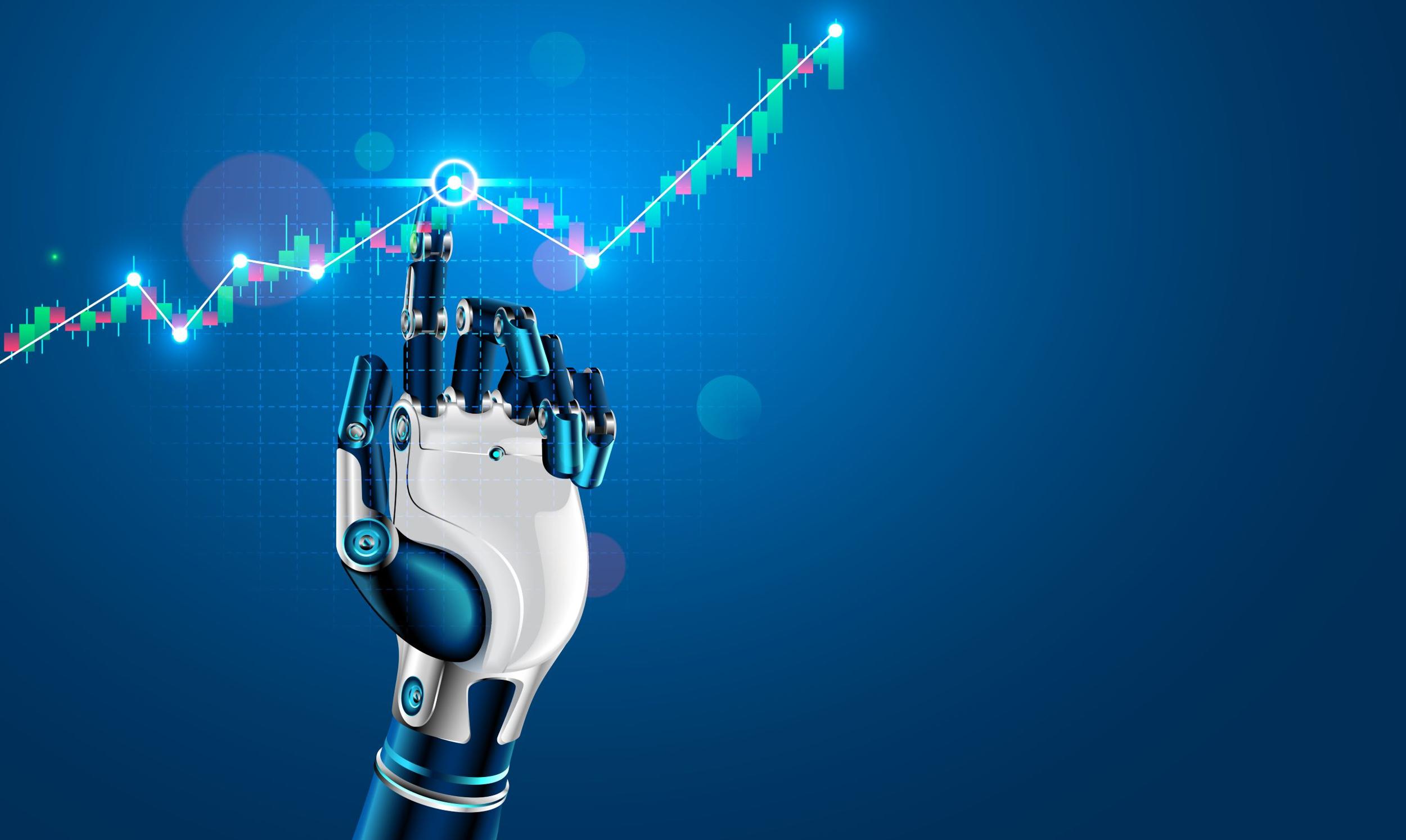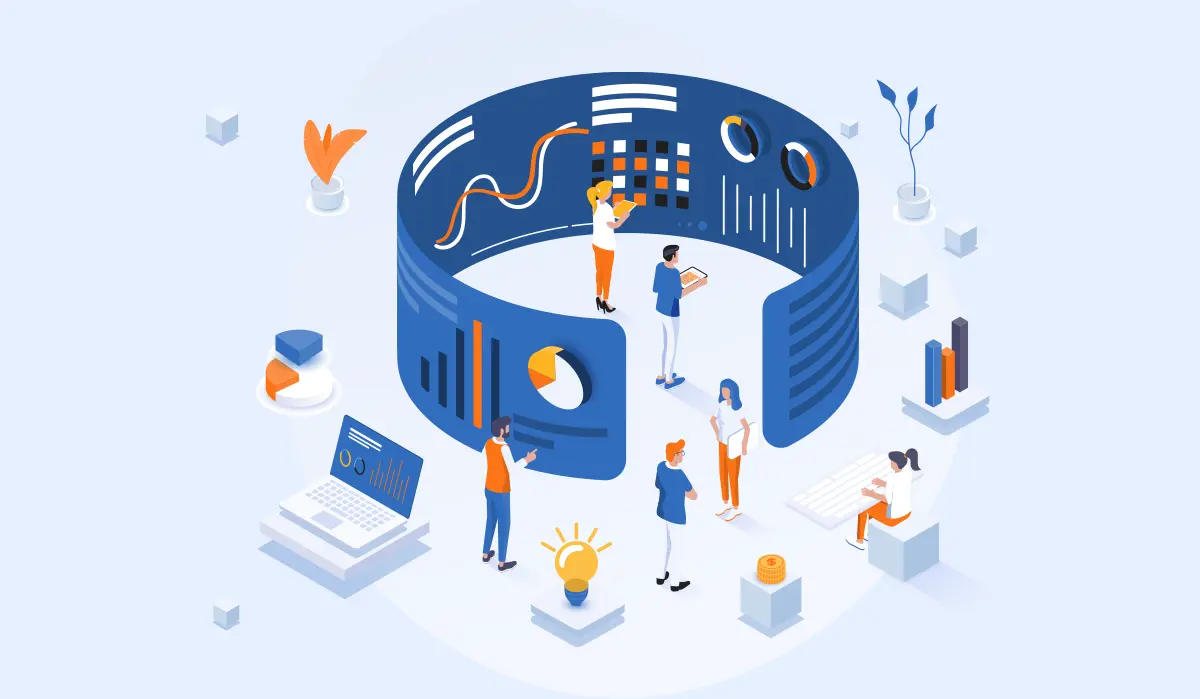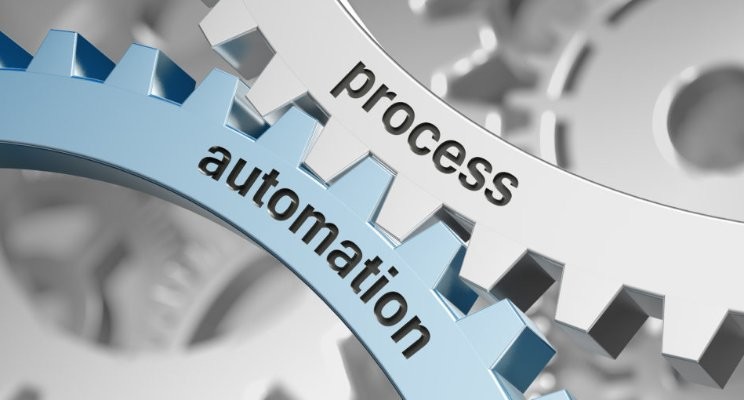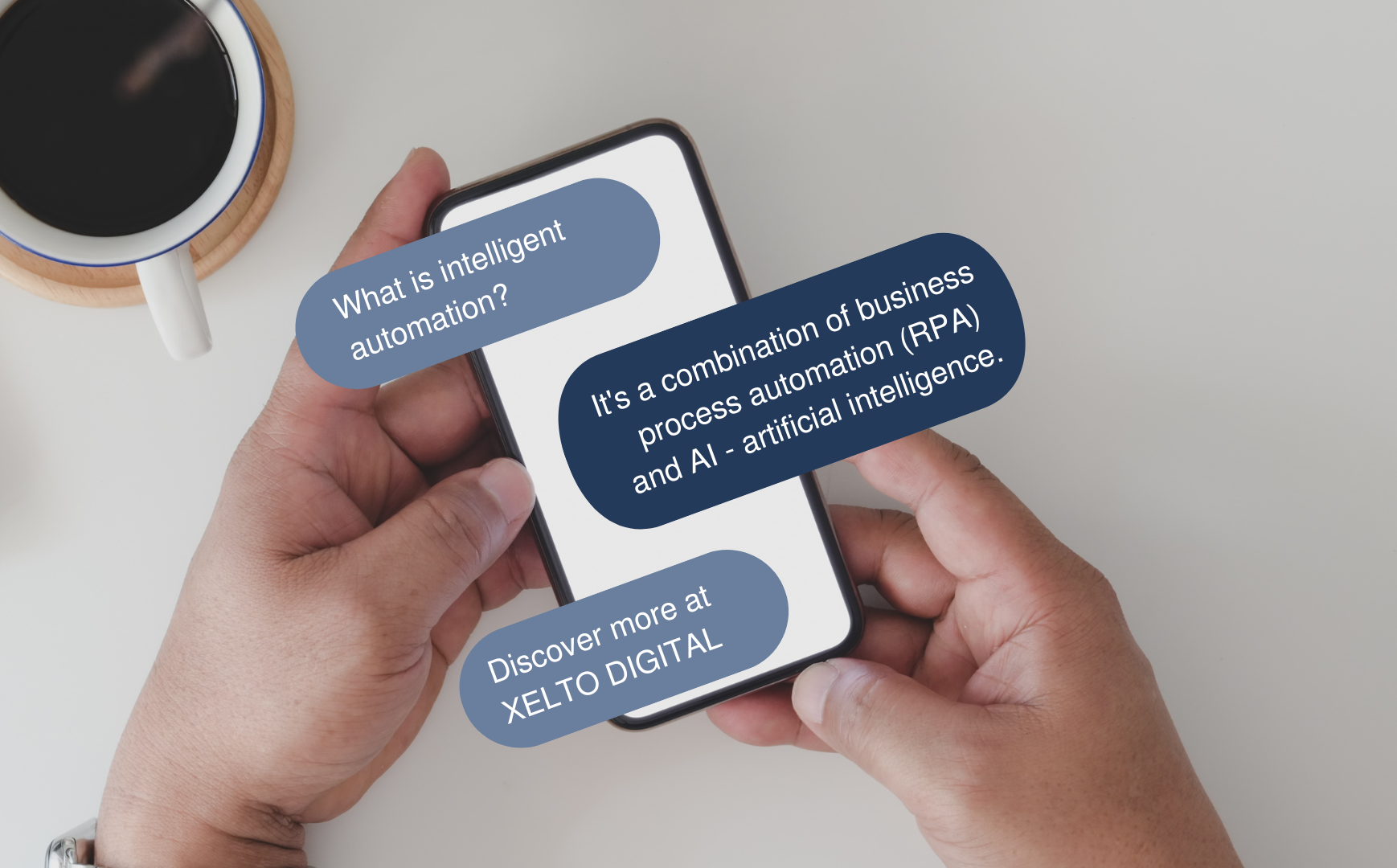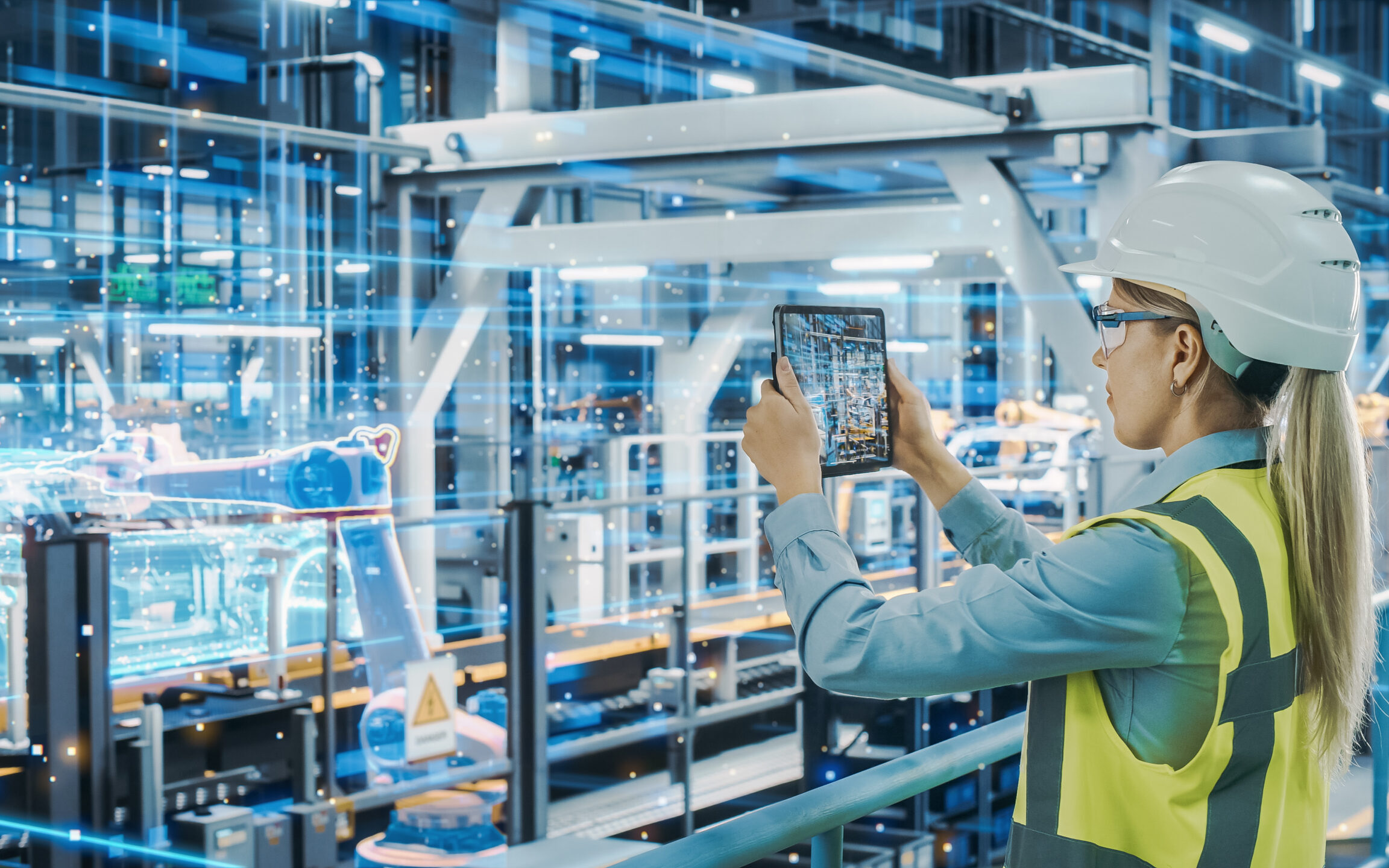
Artificial Intelligence in manufacturing and logistics
Artificial Intelligence in action: Breakthrough changes in manufacturing and logistics 🚀 Artificial Intelligence (AI) is transforming the world of industry, introducing innovative solutions and optimizing processes on an unprecedented scale. Thanks to advanced algorithms and machine learning capabilities, AI is opening new horizons in many areas of industrial activity. Let’s see how AI precisely affects every aspect – from production to logistics. 🏭 In production: Process Automation – AI significantly increases efficiency and quality, while simultaneously reducing costs. AI systems are capable of analyzing sensory data, detecting faults, and avoiding downtime. Demand Forecasting and Inventory Management – Using advanced prognostic models, AI predicts demand, enabling better inventory management. 🔍 In control: Automatic Quality Control – AI-based vision systems identify product defects, ensuring higher quality. Predictive Maintenance – AI analyzes data from sensors, predicting failures, which minimizes production downtime. 🚚 In logistics: Route Optimization and Fleet Management – AI assists in planning efficient routes, increasing efficiency and minimizing delivery time. Planning of Loads and Warehouses – AI facilitates the organization of warehouse space and the placement of loads. In summary, implementing AI in the industry brings benefits such as increased efficiency, cost reduction, quality improvement, and better resource management. The future of industry will undoubtedly become more and more dependent on innovative solutions based on artificial intelligence. 💡🔝 What are your experiences with implementing artificial intelligence in the industry? Schedule a free meeting – we are eager to share our knowledge and experience on this topic with you 📖 💬 Author: Monika Marczyk, Project Manager

